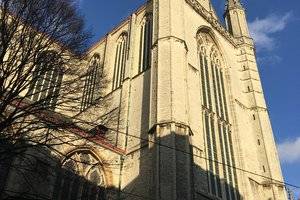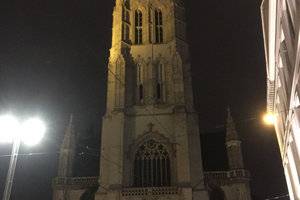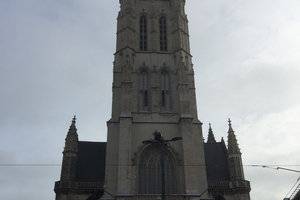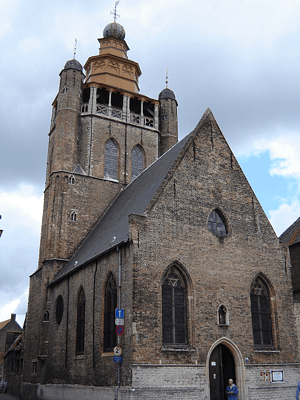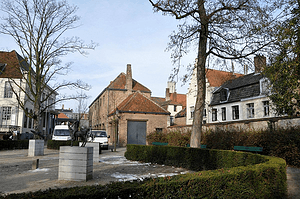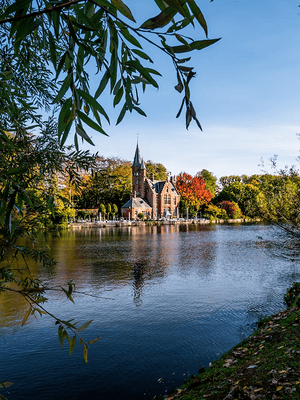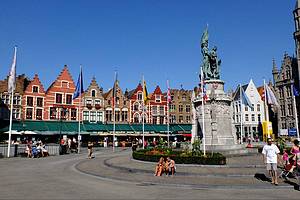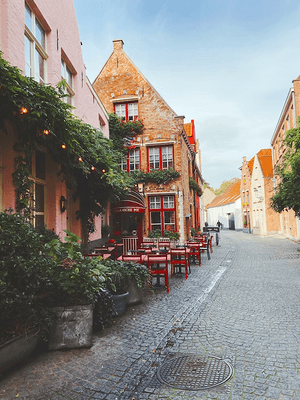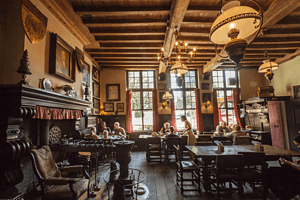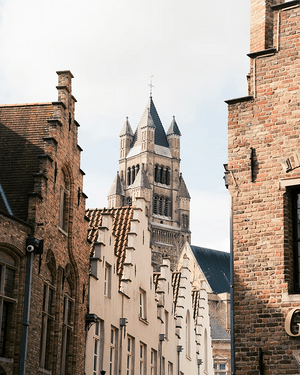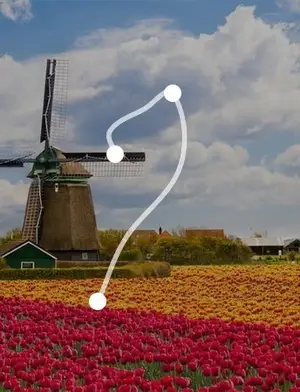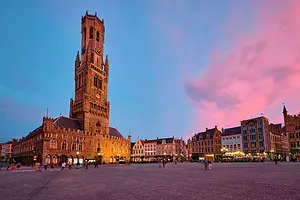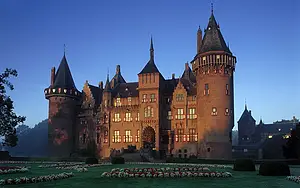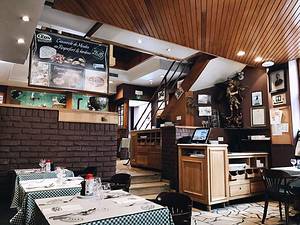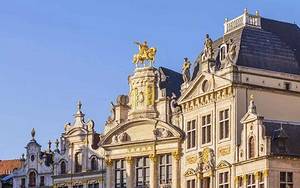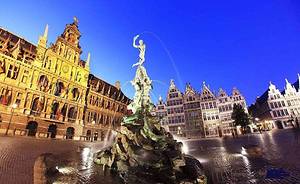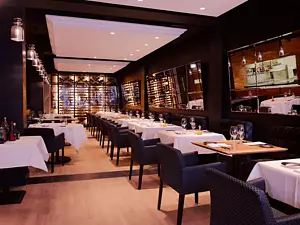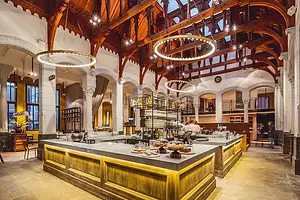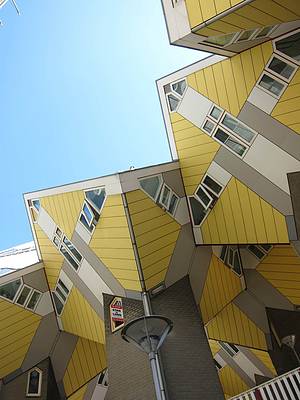St. Bavo's Cathedral, A Gothic Marvel with World-Class Art
Saint Bavo Cathedral in Ghent, Belgium
4.3
Introduction
St. Bavo's Cathedral is a church built in the 12th century and completed in the 16th century. It is a perfect blend of Romantic, Early and Late Gothic styles. The cathedral is known for its collection of art masterpieces, the most famous of which is the triptych "The Adoration of the Mystic Lamb" located in the side chapel to the left of the main entrance. St. Bavo's Cathedral was built on the foundation of the Chapel of St. John the Baptist, whose original architectural remains can still be seen in the cathedral's crypt. The chapel was expanded in 1038 and showed traces of Romanesque style, which can also be seen in the cathedral's crypt. From the 14th to the 16th century, the cathedral underwent continuous expansion and renovation, eventually becoming a Gothic-style building. Construction of St. Bavo's Cathedral was completed on June 7th, 1569. In 1539, the former St. Bavo Abbey was dissolved due to the rebellion against Charles V. However, the disbanded monks continued to preach, and St. Bavo Abbey became St. Bavo's Church. In 1559, the Diocese of Ghent was established, and St. Bavo's Church became the diocese's cathedral. Aside from its architectural features that combine elements of Romanesque, Gothic, and Baroque periods, St. Bavo's Cathedral is also renowned for its collection of art treasures, including the triptych "The Adoration of the Mystic Lamb," as well as sculptures such as Peter Paul Rubens' "The Entrance of St. Bavo's Cathedral" and Laurent Delvaux's "Pulpit of Truth." Address Saint Bavo Cathedral in Ghent, Belgium
Opening hours Cathedral opening hours: April to October: 8:30-18:00
November to March: 8:30-17:00
the Chapel of the Mysterious Lamb and the basement are open from April to October: 9:30-17:00 (Sundays 13:00-17:00) and from November to March: 10:30-16:00 (Sundays 14:00-17:00)
closed on Sunday mornings and public holidays.
